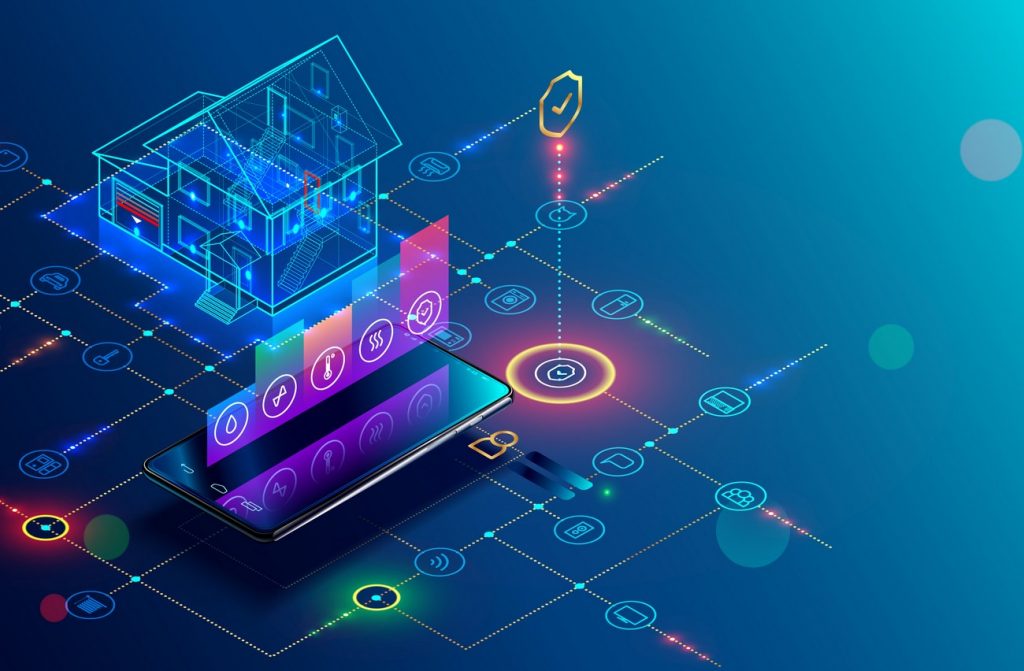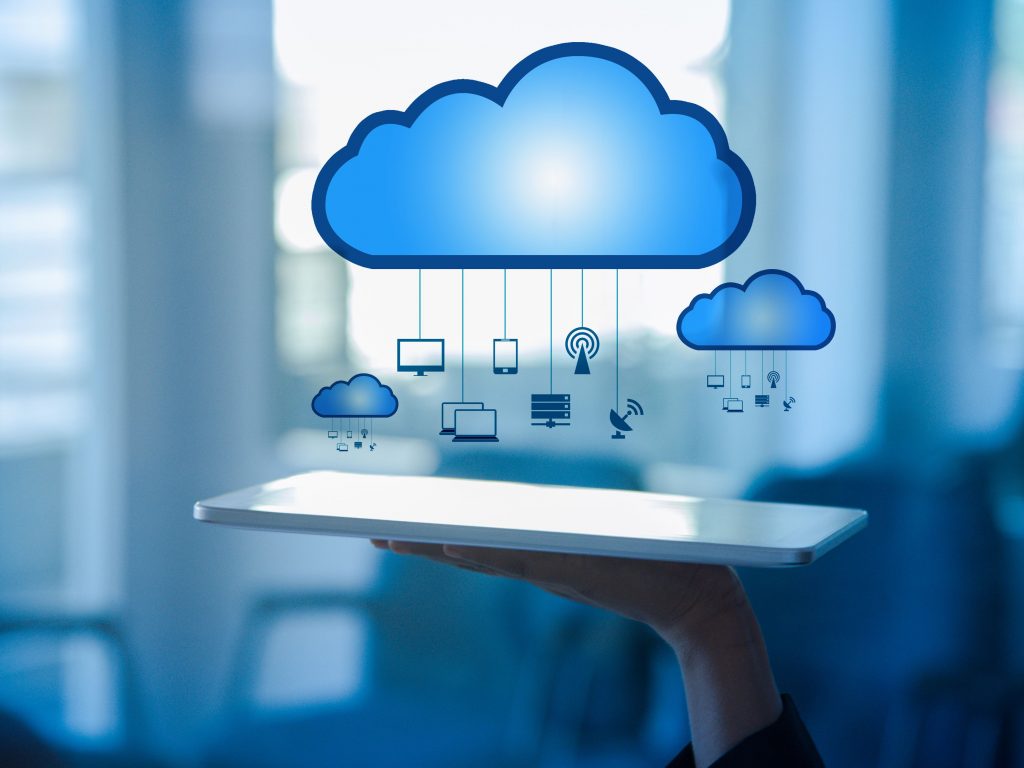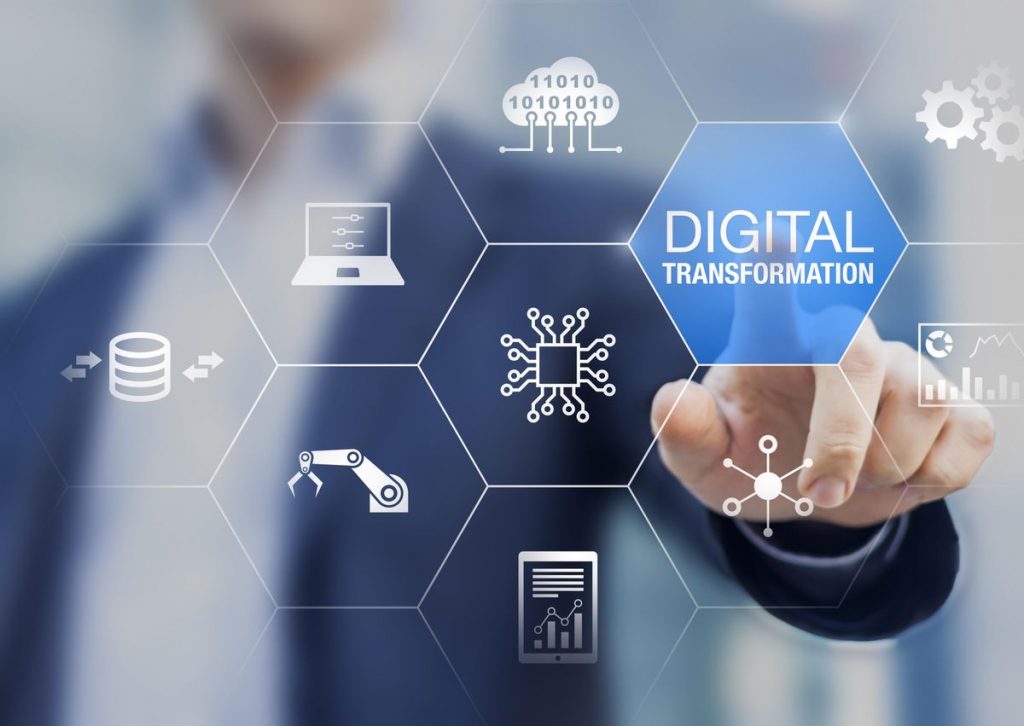As you know, technology is constantly evolving and is doing so at a very fast pace. Technological changes are particularly visible in the IT market. Therefore, in this article, we try to check which technological areas will be trending in the third decade of the 21st century.

Internet of Things
The Internet of Things is a concept that is a perfect example of what was a few years ago perceived as the technology of the future. What exactly is the Internet of Things? In simple terms, it is a set of electronic devices that can communicate with each other and exchange data using the Internet, without the need for human intervention. It is worth noting that IoT is a broad term that refers to various types of devices. Washing machines, refrigerators, bathroom scales, televisions, smart watches, various types of kitchen appliances and a large number of other appliances can be connected to the network. The most characteristic products are: Amazon Echo, Google Home, Fit bands, No tour operator excursions, miniature mobile computers (e.g. Raspberry PI). What is key when we talk about IoT is fast and usually wireless Internet connectivity (or a Bluetooth connection between the device and a smartphone connected to the network). Each of the smart devices needs constant connectivity to the network to receive and transmit data.
Is IoT the future or the present? According to data found on the Internet, it seems that 25 to 50 billion devices will be connected to the Internet in the near future. Every year this number increases and there is no indication that this trend will reverse.

Augmented Reality
Augmented Reality is a system that connects the real and computer-generated worlds. For this purpose, usually a camera image is used, on which 3D graphics are superimposed in real time. An example of the use of augmented reality are translucent glasses with which you can observe a machine and at the same time receive instructions in 3D about what a particular element in the machine is for. Of course, this is a fairly simple example of using augmented reality in the case of production companies, and there are many more similar examples. For example, in medicine, doctors may have access to data about the individual organs of a patient. In the automotive industry, specific information from the dashboard can be displayed directly onto the windshield, which improves driving safety, as the driver does not have to take his eyes off the road. Another example is museums where a tourist looking at a specific exhibit can immediately receive information about what he is looking at in the form of 3D graphics. It cannot be denied that such technology also has great potential in the entertainment industry.
Is augmented reality just a futuristic vision, or maybe something that is already functioning? Of course, augmented reality already functions in many industries. However, the peak of the possibilities offered by this technology has certainly not been reached and there is still a lot to do. It seems that the next 10 years may be very successful with new projects that will be able to effectively reveal the enormous potential which this technology undoubtedly has.

Cloud
The cloud is no longer a futuristic curiosity, rather it is something that almost all of us have to deal with every day – for example when we use the popular OneDrive, Google Drive, Microsoft Azure and others. In other words, millions of people around the world are taking advantage of the opportunities offered by the cloud. However, it is worth noting that the cloud is a solution particularly appreciated by enterprises. Corporations take advantage of the opportunities offered by cloud computing, besides, the cloud allows the reduction of the costs associated with operating a local server and has a positive impact on efficiency and security.
Out of all these advantages, it is worth paying special attention to the combination of the cloud with other modern technologies such as, among others, artificial intelligence and cloud computing solutions. According to data that can be found on the Internet, it is estimated that in the next decades more than half of all global organisations will use cloud computing. Therefore, scalable end-to-end solutions built on the basis of the cloud and designed specifically for a specific enterprise will be increasingly popular. Examples of such solutions can be found at https://ttpsc.com/en/.

Digital Orchestration & Digital Transformation
Of all the IT areas described above, the least known concept seems to be Digital Orchestration. So what does this concept mean? It is a concept that refers to Digital Transformation thatis being carried out in many companies around the world. Managing the company digitally is the basis for the proper functioning of the company in the modern world. Everyone who seriously thinks about the development of their business certainly realises this, but it cannot be denied that entrepreneurs are often afraid of creating a revolution in their company in order to switch to management supported by new technologies. Therefore, in order to prosper in the face of the digital revolution, company managers must answer various questions about strategic elements relating to the functioning of the company. The areas of activity set by management can be called an “orchestra”, which sets the direction for changes in the company. Making these changes should help the company go through the process known as Digital Transformation without major problems.
Digital Transformation is obviously not a new concept. According to scientific studies, we can date the beginnings of digital transformation to 1969, when there was clear automation of production thanks to electronics and information technologies. It can be said that this concept has been associated with IT from the beginning of its existence. In addition, it should be noted that digital transformation is one of the most visible trends not only in IT but rather in the world in general. It is a concept that is called a civilisation mega-trend; something that changes our entire civilisation. Thanks to ubiquitous digitisation, productivity is increasing in every area of our lives but it is particularly visible in enterprises. Thanks to the digitisation of factories, productivity in the next few years may grow up to 7 times faster than it did in the 90s of the last century. Digital transformation means not only greater efficiency but also better quality of products and services. It is estimated that thanks to digital transformation, product quality may improve by up to 12 times faster than in the last decade of the 20th century.

In summary, everyone who is interested and curious about future trends should look at further developments in Digital Transformation, which are becoming very evident among both home users and enterprises. It is worth noting that the initial computerisation of enterprises took place two decades ago and we are now in the second wave of digital informatisation. This is the time when it is crucial that the digital transformation applies to all areas of companies, as most organisations use selected technologies in individual business processes anyway. The key is to integrate different areas of organisations, using common technological solutions. What will mainly characterise the so-called second wave of digital transformation is the use of technologies that have so far seemed very innovative and difficult to access – among them IoT, Augmented Reality, Cloud, Big Data and Artificial Intelligence.









